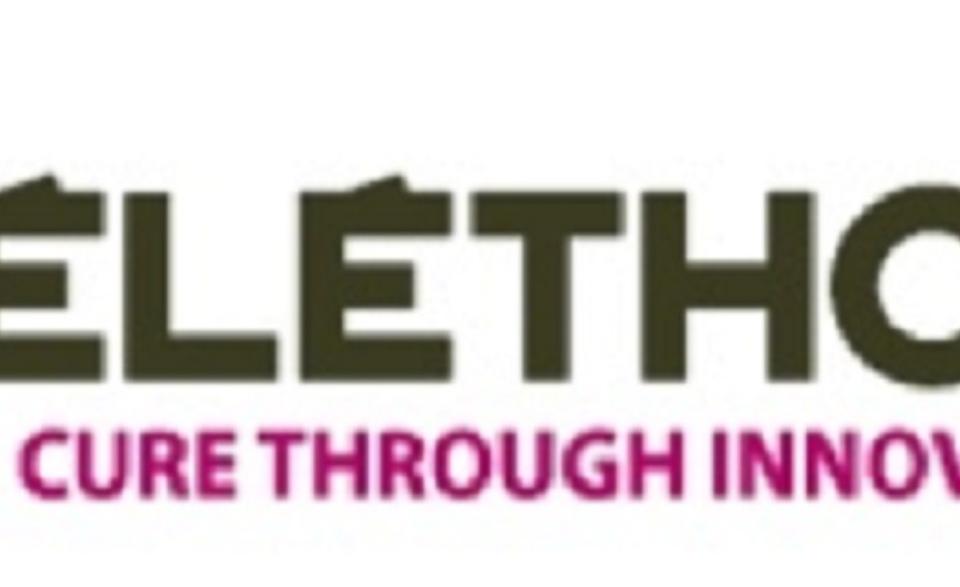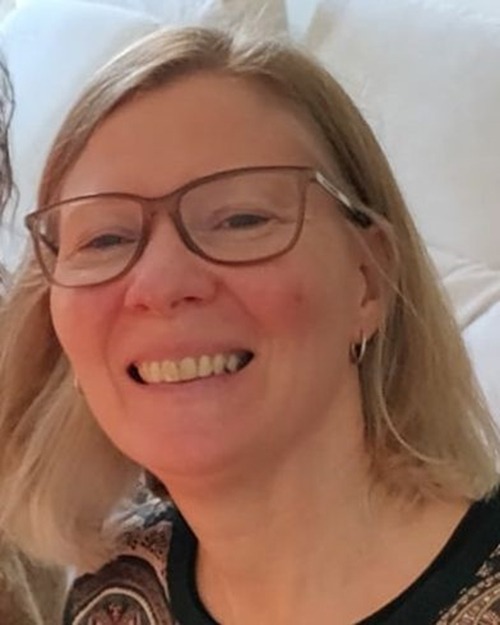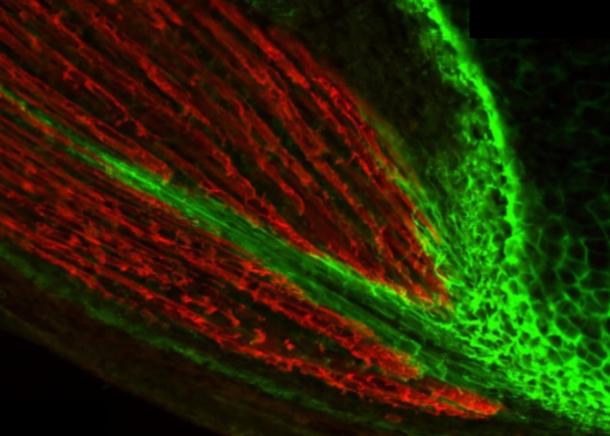

Summary:
Merosin-deficient congenital muscular dystrophy 1A (MDC1A), also called LAMA2-CMD, is a crippling muscle disease which manifests itself from birth. MDC1A is caused by mutations in the LAMA2 gene, which encodes the laminin α2 chain of laminin 211/221 (formerly named merosin), the most important laminin isoforms in mature skeletal muscle. In post-natal muscle, a basement membrane containing laminin 211 ensheaths all skeletal muscle fibers and contributes to their health and stability while laminin 221 localizes specifically to the neuromuscular junction. MDC1A is characterized by severe muscle weakness. Patients are confined to a wheelchair and often need respiratory assistance. Life expectancy is reduced with patients generally only surviving until the first or second decade of life.
Since infants are already affected at birth, the muscle weakness underlying the disease in MDC1A must already have arisen during development in utero. However, little is known about when, during development, this disease starts to manifest itself and exactly what mechanisms of muscle development and/or maintenance are the first to go wrong.
Here we propose to fill in this gap using dyW-/- mouse embryos, a mouse model for MDC1A. To do so, we combine the knowledge of the PI’s team of normal myogenesis, mouse embryology and extracellular matrix biology during skeletal muscle development with the Dean J. Burkin team’s expertise on muscle dystrophies and development of therapies in this and other mouse models.
Funding Institution:
AFM Téléthon (Association Française contre les Myopaties), France – contract nº 19959.
Partners:
The project is a close collaboration between the RG Development & Evolutionary Morphogenesis and the team of Dean J. Burkin from the University of Nevada, Reno, USA. It involves the work of four cE3c members, one Ph.D. students (A. Nunes), two integrated members (S. Thorsteinsdóttir, M. Deries) and an external member (M. Koch). Furthermore, this project also involves two other collaborators: Shahragim Tajbakhsh from Institut Pasteur, Paris, France and Patrícia Ybot-Gonzalez from Instituto de Biomedicina de Sevilla (IBiS), Spain.


